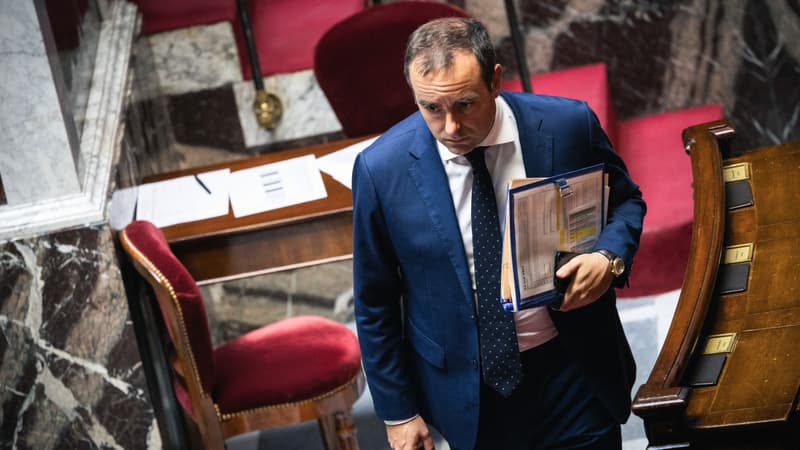Sébastien Lecornu, re-elected prime minister on Friday, will present a draft budget for 2026 to the Council of Ministers on Tuesday, a first draft that has already opened up to a compromise with Parliament.
The Constitution states that Parliament has 70 days to examine the draft state budget, officially called the Finance Bill (PLF), before its adoption by December 31, which is theoretically a Monday deadline.
The Lecornu II Government, appointed on Sunday night, will hold its first Council of Ministers on Tuesday at 10 a.m., where this draft budget will be presented before its presentation in the National Assembly.
Due to lack of time, the text should be identical to that sent by Sébastien Lecornu on October 2 to the Higher Council of Public Finances (HCFP), a body that depends on the Court of Auditors, as well as the procedure.
This project has already absorbed a large part of that developed by its predecessor François Bayrou, although with savings less than the 44,000 million euros proposed by the previous tenant of Matignon.
The social security financing bill (PLFSS) will also be presented on Tuesday.
Less spending
At the time of his first appointment at Matignon, Sébastien Lecornu hoped to reduce the public deficit to 4.7% of gross domestic product (GDP) in 2026, a figure that should be maintained in the budget.
But to have room in political negotiations, he revised this ambition downwards, to a level below 5% of GDP.
The objective of a deficit of 3% of GDP in 2029 is confirmed, in line with European thresholds.
But the path to achieve this becomes more difficult, as each tenth of a percentage point of additional deficit contributes to the increase in public debt.
Sébastien Lecornu had indicated that the priority would be to “reduce spending”, in particular a reduction of six billion euros in the “lifestyle” of the State and “better control of social spending and local authorities.”
He had given up eliminating two public holidays, a measure defended by François Bayrou that would raise 4.2 billion euros.
However, the budget equation could be further complicated by a downward revision of growth to 1% by 2026.
Tax “financial assets”
Regarding income, Sébastien Lecornu rejected the Zucman tax demanded by the left to tax the assets of the 1,800 richest taxpayers with a minimum of 2%.
However, sensitive to calls for “more tax justice”, he proposed the creation of a “tax on financial assets” of family holdings, sometimes used to evade taxes, which could raise between 1,000 and 1,500 million euros.
I would also plan to maintain the differential contribution on high incomes (CDHR), which provides for a minimum tax of 20% of the highest incomes.
A reduction in the contribution to business added value (CVAE), a production tax, is planned at a cost of 1.1 billion euros.
It was demanded by companies, who fear seeing a surcharge on the profits of the largest companies, initially planned only for 2025, renewed by half, that is, 4,000 million euros.
There is also mention of a reduction in income tax for couples earning “slightly” above the minimum wage and maintaining a flat-rate reduction in retirees’ income instead of a 10% reduction for professional expenses, which could lead the richest to pay more taxes.
Non-indexed pensions
Sébastien Lecornu opened the door to a debate on the suspension of the controversial pension reform, demanded by the PS.
On health care, he did not publicly question his predecessor’s desire to cut spending.
The same applies to the doubling of medical deductibles, with an increase in the remainder borne by patients or with a limitation on the duration of the first work stoppage.
François Bayrou had also foreseen a “white year”, during which civil servants’ salaries, social benefits and retirement pensions would not be increased, a measure that would also appear in the first issue of Lecornu.
On the other hand, the Prime Minister proposed adopting the measures to increase women’s pensions provided for by the spring conclave.
Source: BFM TV


